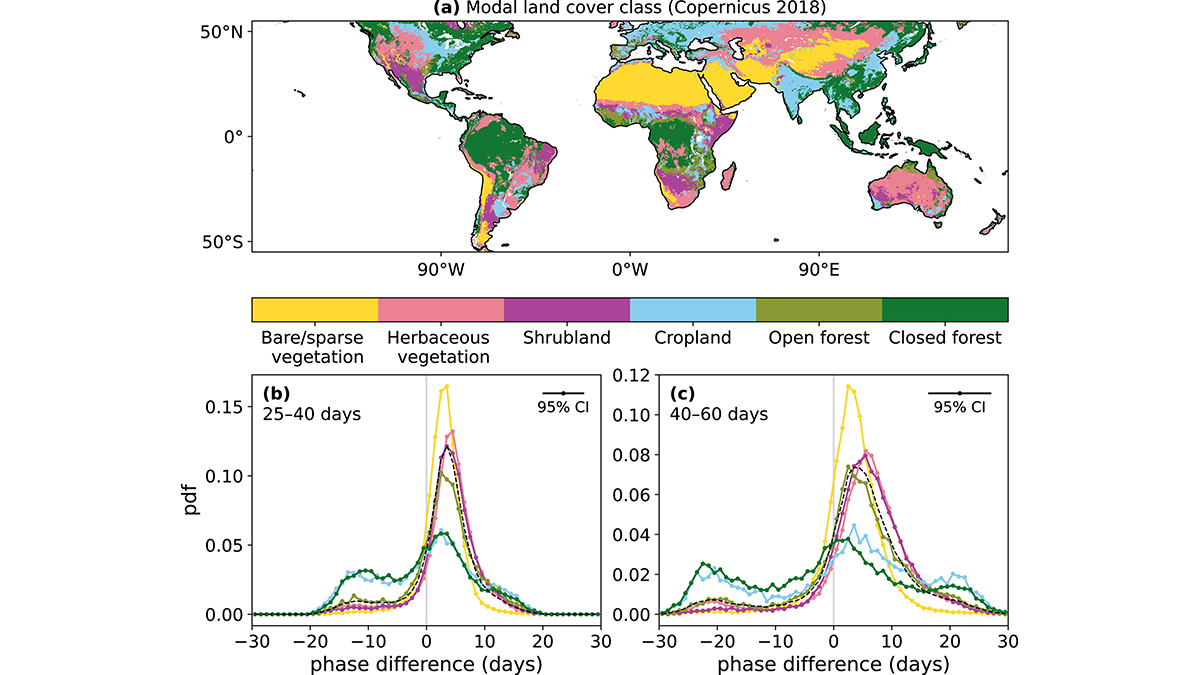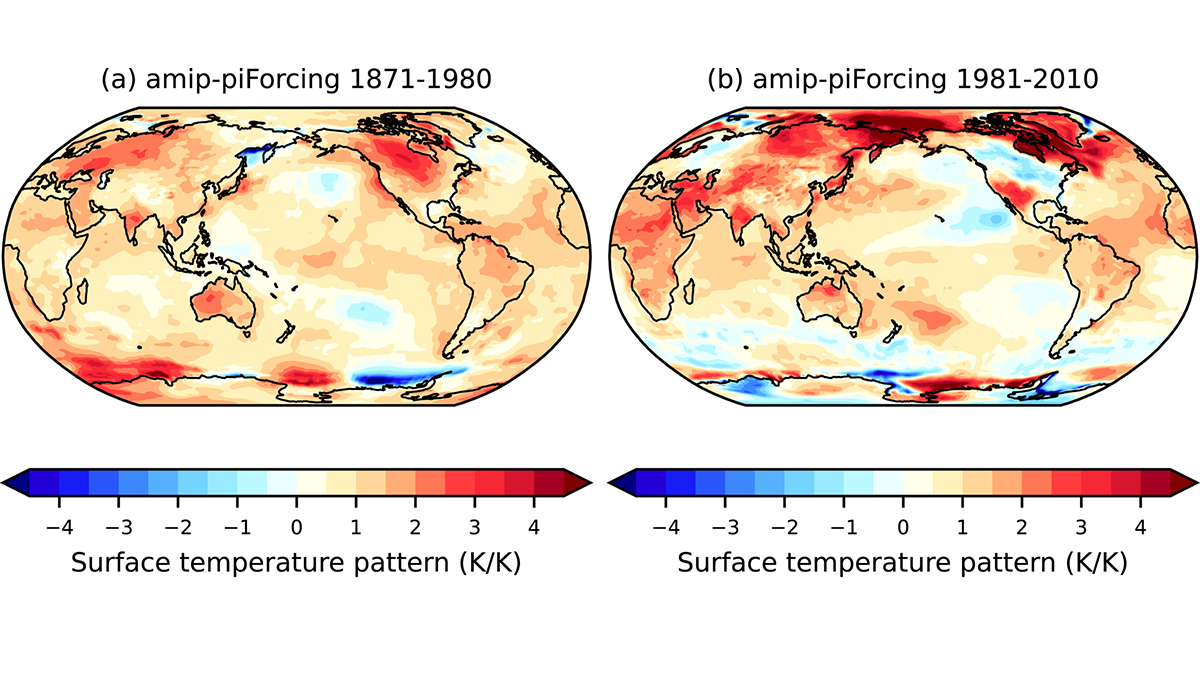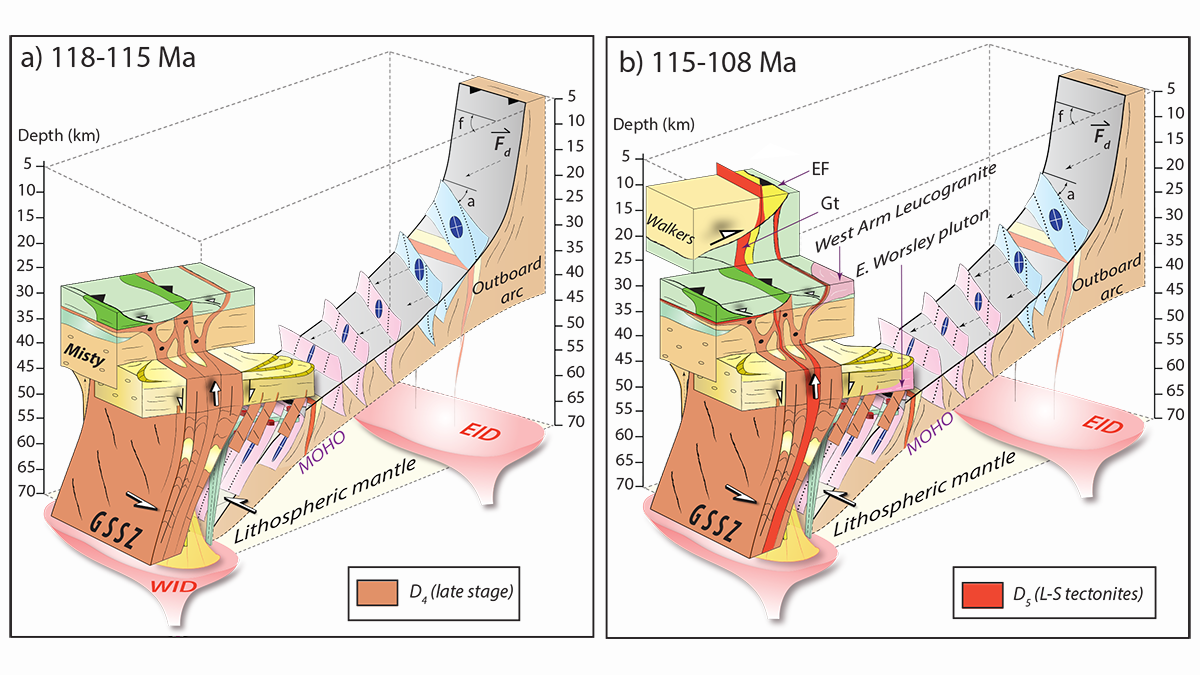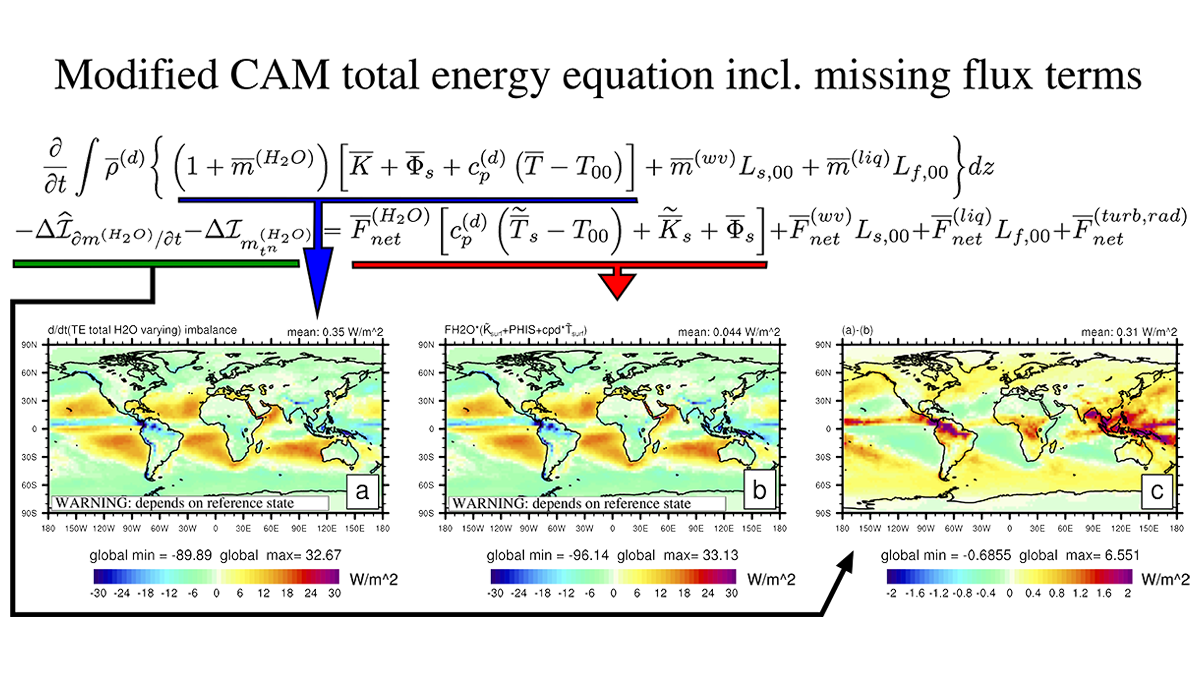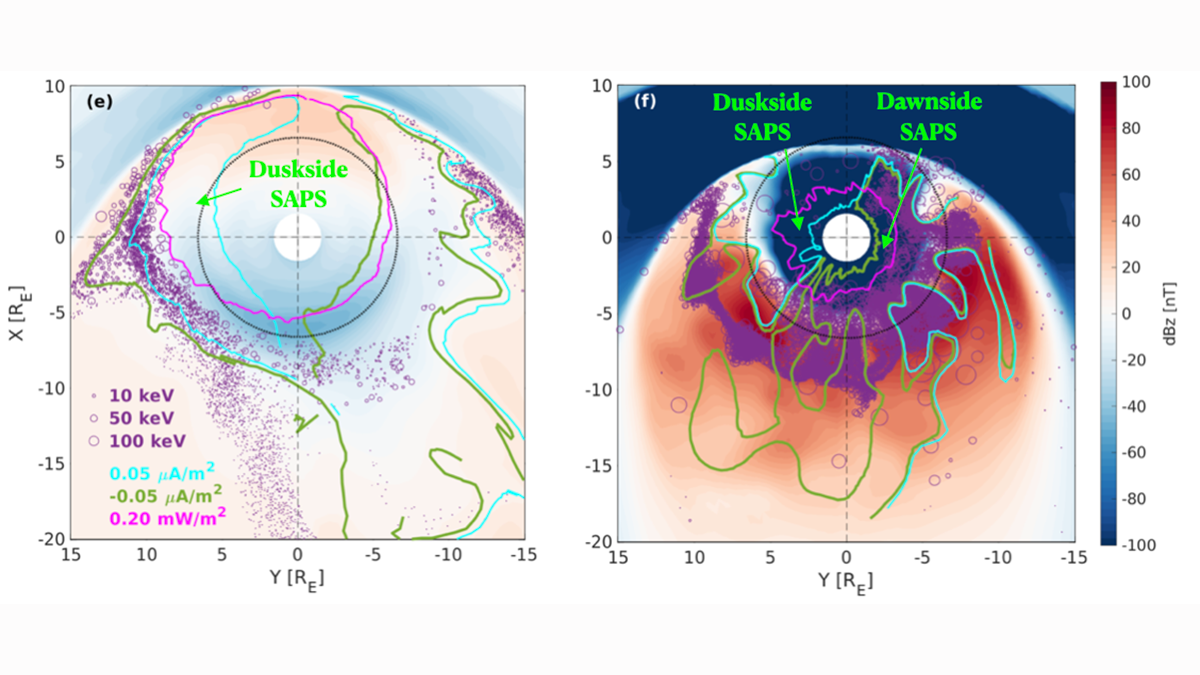Vegetation response to precipitation is important for near-term weather predictability, and researchers show that such a response can occur within a few days and last up to two months.
Editors’ Highlights
A Dilemma About Radiative Climate Feedback in Recent Decades
Given the unambiguous climate warming in recent decades, is it possible to infer radiative climate feedback from modern satellite measurements of the energy budget of the Earth?
Feedbacks Between Deformation and Magmatism as Shear Zones Grow
New research reveals how the presence and absence of magmatism governs how shear zones initiate, grow, and reactivate to connect lower and upper crustal deformation.
Ozone, Water Vapor and Temperature: It’s a Complex Relation
Solar occultation observations from the ACS/MIR instrument provide coincident profiles of O3, H2O and temperature, shedding light on correlations and unveiling knowledge gaps in Mars’s photochemistry.
Substantial Advance Towards a Global Coastal Carbon Model
First simulations of a new biogeochemistry-circulation coastal grid refinement demonstrate seamless inclusion of small-scale coastal processes in a state-of-the-art Earth system model.
Abiotic Life and Energy on Water-Rich Rocky Celestial Bodies
The discovery of tiny crystals of the iron-rich hydroxychloride kuliginite in New Caledonia provides new insights into the hydrogen production from mantle rocks and saline water.
Variability of ENSO Forecast Skill Over the 20th Century
El Niño Southern Oscillation (ENSO) predictability is examined in a new global coupled retrospective forecast ensemble for the 20th Century.
Tracking Subsidence on Deltas With Fiber-Optics
Fiberoptic strain meters capable of measuring micron-scale subsidence reveal a Holocene sediment package on the Mississippi Delta that is mostly stable.
Consistently Closing the Energy Budget in Earth System Models
Researchers review the challenges and prospects of Earth System Models that incorporate a consistent closed energy budget.
Origin of Dawnside Subauroral Plasma Flows in Geomagnetic Storms
Geomagnetic storms induce fast plasma flows next to the aurora and affect space weather. Lin et al. explain the origin of a special “dawnside” plasma stream that occurs only during extreme storm events.

